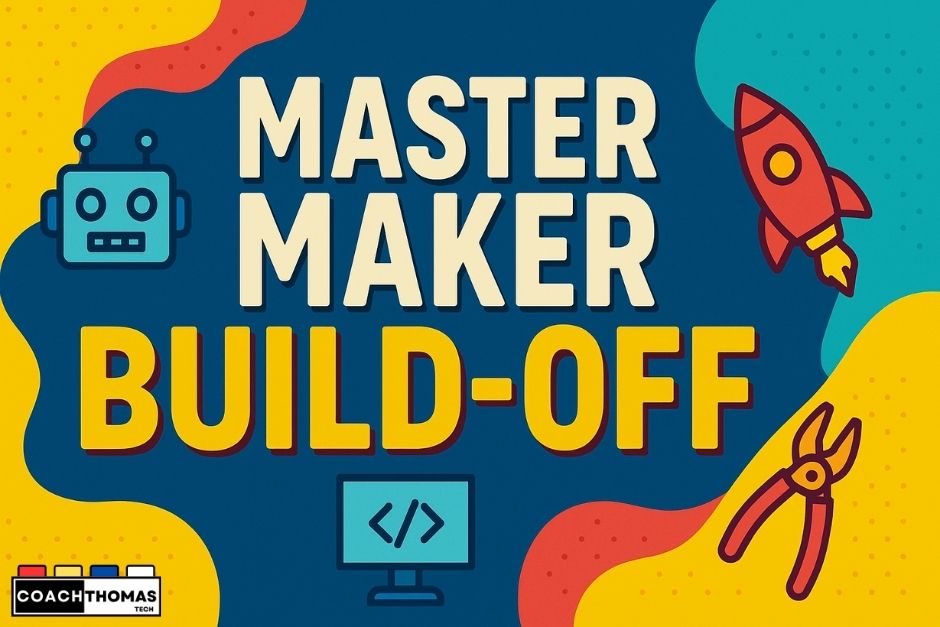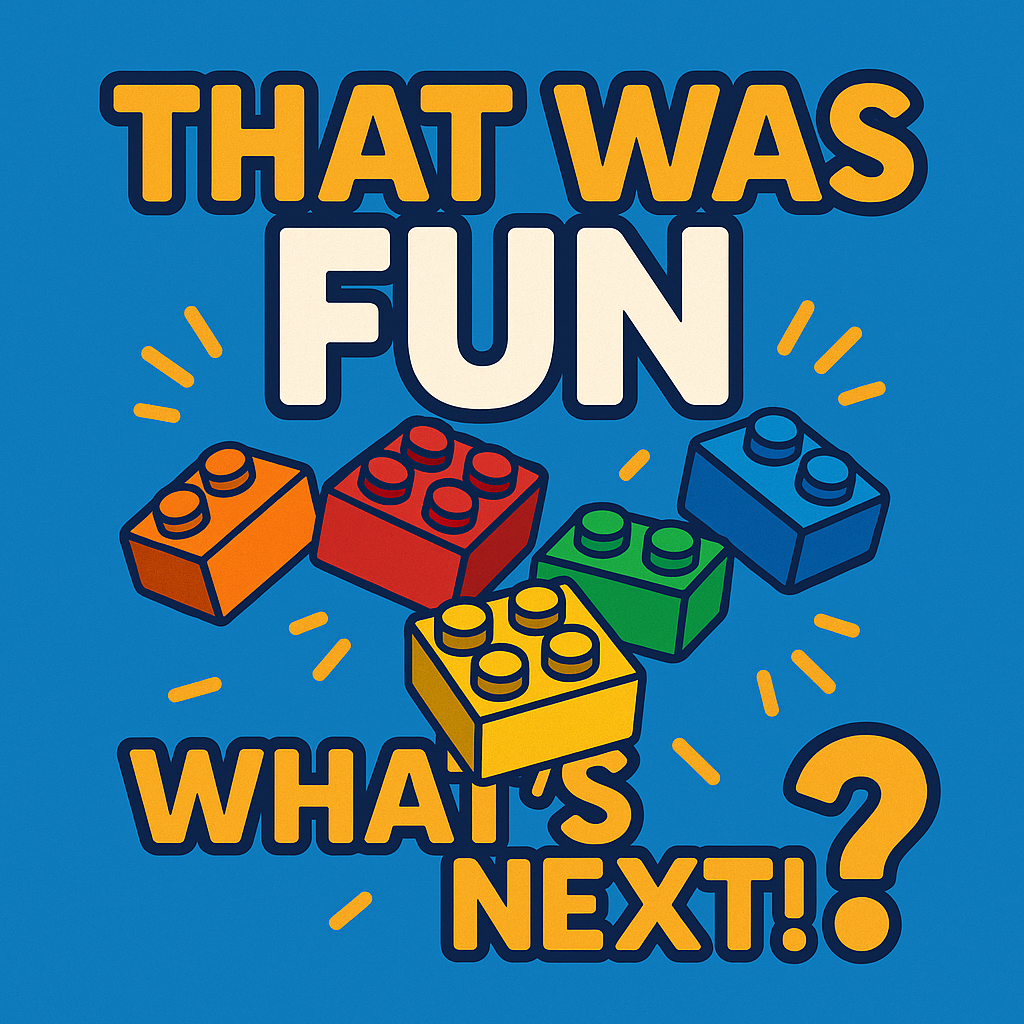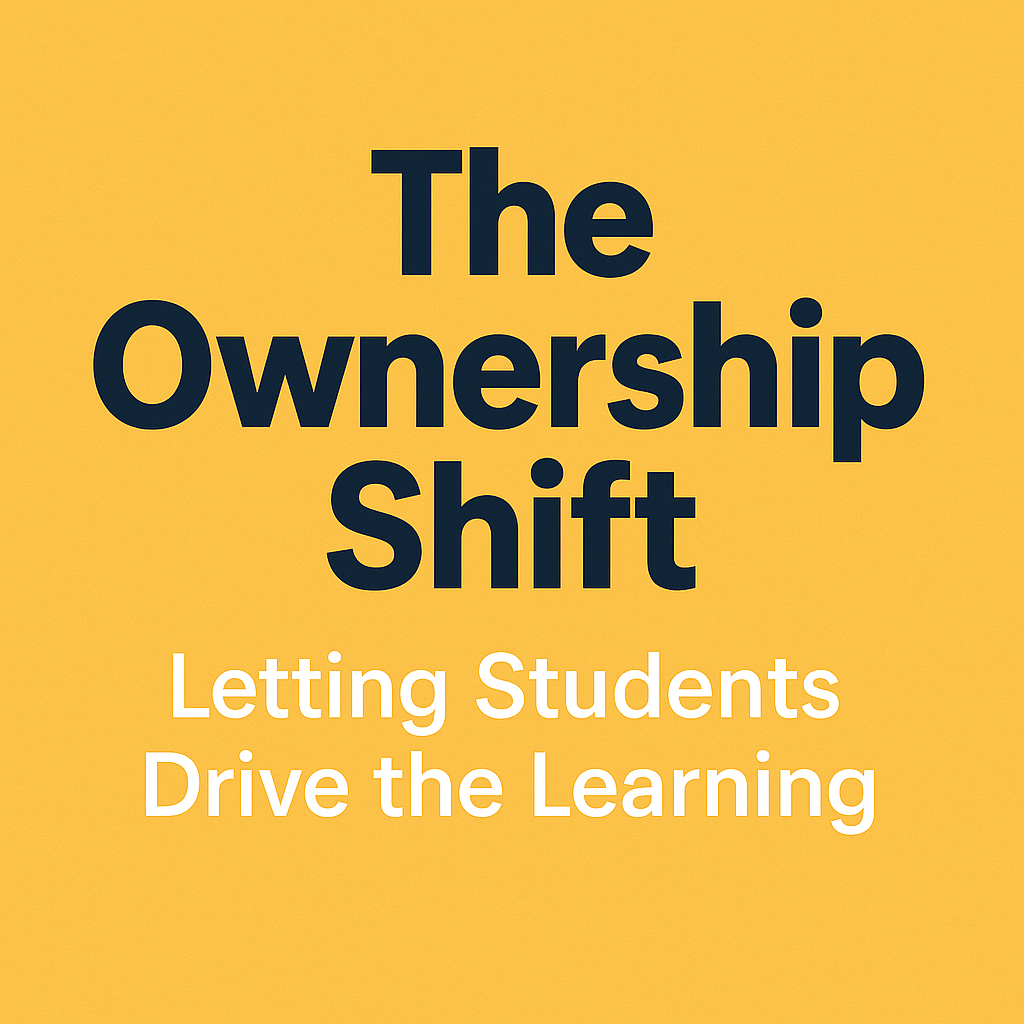We’ve clearly named the pitfalls of passive lectures, but recognizing problems isn’t enough. It’s time to embrace active learning as the new norm—transforming classrooms into vibrant spaces where students engage, explore, and truly learn.
Picture a typical classroom today. Students sit passively, many bored or disengaged, playing the “game” of school—phones discreetly hidden, minds wandering, and minimal authentic learning occurring. Now, step into the classroom next door—a STEM lab buzzing with energy. Students are collaborating, creating, investigating, and yes, it’s loud and messy. At first glance, you can’t spot the teacher because they’re immersed in the learning process alongside the students, guiding rather than lecturing.
This is active learning—a teaching approach that places students directly at the center of their own educational experience. It prioritizes dynamic interaction through discussion, exploration, and hands-on creation rather than passive consumption of information.
Given that research shows students forget about 80% of what they hear within 24 hours, it begs the question: Why do so many classrooms still revolve around teachers lecturing at the front of the room?
What’s Wrong with Traditional Teaching?
Traditional, passive methods lack genuine student engagement. In these environments, there’s little motivation, minimal critical thinking, and reduced energy for learning. Students simply receive information, memorize it, and move on, rarely applying or questioning what they’ve learned.
The direct consequences of passive teaching include:
- Reduced student motivation and enthusiasm.
- Poor long-term retention of knowledge.
- Lack of meaningful, real-world skill development.
Students quickly become accustomed to simply parroting back rote information for points, grades, or rewards—missing opportunities to deeply explore concepts or engage with their learning authentically.
This approach also does not address the needs of diverse learners and learning styles. Sure, the teacher provides supports for the IEP and 504 students, but at a cost of their engagement in the learning. I believe that this can just add to the frustration of these students. Potentially contributing to the stress and anxiety of students that don’t perform well in passive environments.
Traditionally lecture style education can wear on the teacher. Spending enormous amounts of time outside of the classroom creating all the materials to go with the lecture. As a result, the teacher starts losing engagement and creativity in the classroom. Lower satisfaction and eventual burnout occur.
What is Active Learning?
What is an alternative? How can we engage our students in something better?
This is where active learning comes into play. Active learning is not a thing, but a bunch of strategies working together to engage students as active participants in the learning process. There is no one thing that defines active learning other than the fact the students are involved and leading the learning.
There are a few key aspects that make up active learning:
Student Centered: the learner is the focus. Students are participants in discussions, hands-on tasks and group projects.
Interactive and Engaging: playful and engaging activities working directly with the materials through problem solving situations. They are creating and applying concepts.
Promotes Critical Thinking: through student led project, students are asked to think critically, analyze information and develop connections to the content.
Facilitates Deeper Learning: the active nature of the learning creates an opportunity for it to become “sticky.” Student will develop long-term, meaningful connections between the content and the real world.
If you ask a former student what they remember most from school, it is usually the projects and the hands-on activities. Very rarely do students remember worksheets and quizzes. Students will tell you that the classes that are active are their favorite. I know that when we get out LEGO bricks, glue guns and cardboard, the engagement goes up. The best part is that the students get so involved, they don’t even know that they are learning. That is the point.
Why Active Learning Should Be the Norm
There are many reasons why we should add active learning into every classroom. Not only is it fun and engaging, but it makes the learning relevant and real. That is not to say, however, that we should throw out lecture and note taking. There is a need for that sometimes as well. What I am saying is that active learning should be the norm, and lectures should be few and far between.
Some key benefits of this type of learning that I have seen in my classroom are:
- Increased motivation and genuine curiosity
- Deeper understanding of the content through exploration
- Development of durable skills
- Enhanced student autonomy and confidence
- More fun
Have you ever noticed that when you are deeply involved in a project or task, that time just flies by? This is the feeling and nature of active learning in the classroom. Time flies by. Deeper and richer conversations are happening. The fear of failure dissipates. Students are involved in the learning at such a deep level that they don’t even realize it.
As a result of this investment in the process (not the product by the way), the retention of the materials has increased. There is relevance to the students. There is meaning. There is a solid foundation on which to build the knowledge and skills needed. The students take ownership of it. They build independence and confidence that are useful outside the classroom, too.
Those skills that active learning builds, or durable skills, are the essential for success. Creativity, collaboration, communication and critical thinking to name a few. These things are what set our students up for success beyond school. There is no need for rote memorization of facts because the more you use the content, the more you know it and own it.
Finally, it makes learning fun. It becomes something to look forward to, something to crave. Students that are motivated to learn and driven to succeed in this way will want to come to school and will do better. Active learning is a game changer in that area.
Activity Spotlight: Quick LEGO Build Challenge
LEGO “Character Snapshot”
Purpose: Encourage students to deeply explore character traits, motivations, and changes through creative and symbolic representation.
Materials:
- Assorted LEGO bricks
- Small baseplates (optional)
Instructions (10-15 minutes):
- Have students select or assign them a character from a novel or short story you’re studying.
- Students build a quick LEGO model that symbolizes their character, considering:
- Personality traits (colors or shapes that reflect emotions or personality)
- Key conflicts or motivations (build items or symbols standing for major challenges or goals)
- Changes or growth the character experiences (reflect transformations in their build)
- Allow students 1-2 minutes each to share their build with the class or small groups, explaining their symbolic choices and how their model stands for their character’s journey.
Extension/Variation:
- Students can photograph their builds and write a short reflective paragraph detailing their symbolic choices and connections to textual evidence.
This activity integrates play and critical thinking, providing students an accessible, engaging way to analyze literature and show deep understanding.
Overcoming Resistance
Active learning is not without its issues and barriers, however. With all the time constraints placed on teachers, this is just another thing that they are being asked to do. There are a few other issues that might arise like:
- “I don’t have enough resources, space, time, etc.”
- “This is too chaotic and messy.”
- “It is too hard to assess and grade.”
- “It is out of my comfort zone.” or “I don’t want to do it.”
All these concerns are valid and reasonable. Teachers are under tremendous pressure and stress with all that is going on in education. But there are things that we can do to add active learning to what we are already doing.
Managing Time Effectively: Solution: Begin small by integrating brief (5-10 minute) active learning segments into existing lessons, such as quick discussions or mini LEGO challenges. Gradually build these into longer activities as comfort increases.
Overcoming Limited Resources: Solution: Use simple, accessible materials like everyday objects, LEGO bricks, or inexpensive supplies. Activities don’t need elaborate setups—creativity often thrives with minimal resources.
Maintaining Classroom Management: Solution: Establish clear routines and expectations before starting active learning activities. Provide structure through defined roles, group norms, and straightforward instructions to support productive engagement.
Simplifying Assessment: Solution: Incorporate quick, informal checks (such as student reflections, peer discussions, or simple rubrics) to assess understanding during activities. This provides immediate, actionable feedback without extensive grading.
Addressing Reluctance to Change: Solution: Encourage teachers to start small, experimenting with one activity at a time. Share personal successes and student feedback to build confidence and reinforce the value of active learning strategies.
Take Action:
Active learning isn’t just a teaching method—it’s a mindset shift toward fostering joyful, engaged, and meaningful education. When we embrace active, playful approaches, we empower our students to become critical thinkers, creative problem-solvers, and lifelong learners. By prioritizing engagement, creativity, and authentic experiences, we transform our classrooms into vibrant spaces where real learning thrives.
Your challenge this week: Pick one lesson—just one—and incorporate an active learning strategy, whether it’s a LEGO build, a character snapshot, or a collaborative discussion. Notice the impact it has on your students’ engagement, understanding, and enthusiasm.
Then, join our conversation online. Share your experiences, successes, or challenges. Let’s start building the future of education together—one playful, active lesson at a time!
For more practical strategies, engaging activities, and inspiring conversations about transforming education, visit my website at coachthomastech.com. You’ll find blog posts, classroom resources, and innovative ideas to bring active, playful learning to life. And don’t forget to tune into my podcast, The Tech Ed Clubhouse Podcast (bit.ly/TechEd-Clubhouse), where we dive deeper into topics like STEM education, playful learning, and creative classroom strategies. Listen, learn, and join the conversation—let’s make education meaningful and fun again!
Disclaimer:
This blog post was edited and formatted with the assistance of artificial intelligence (AI) tools. All content reflects my original thoughts, experiences, and educational philosophy, enhanced for clarity and readability through AI editing support.



